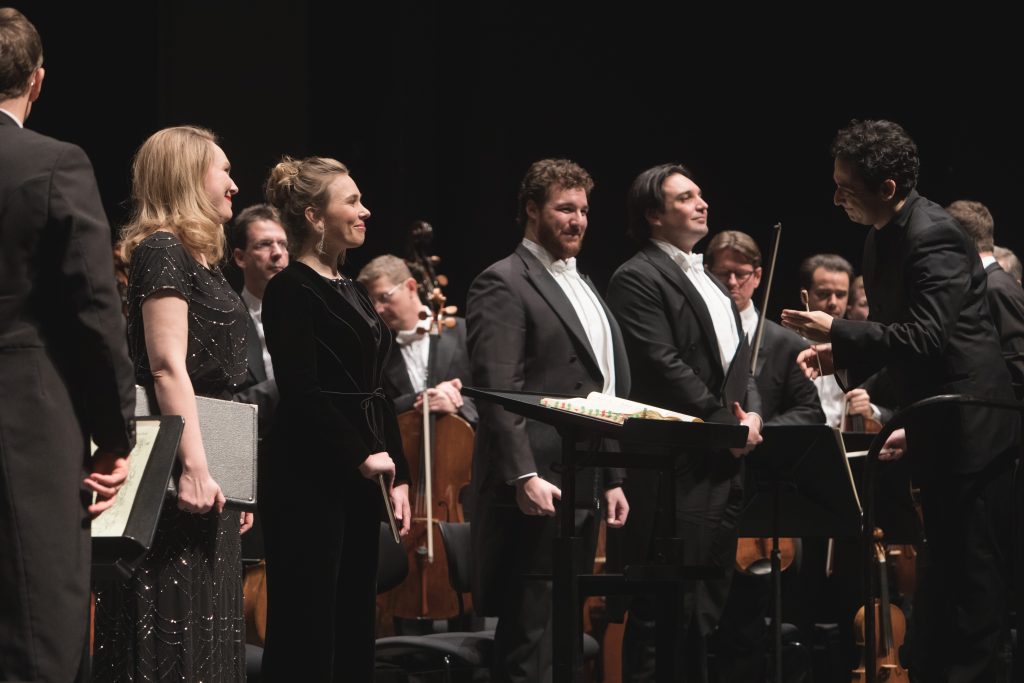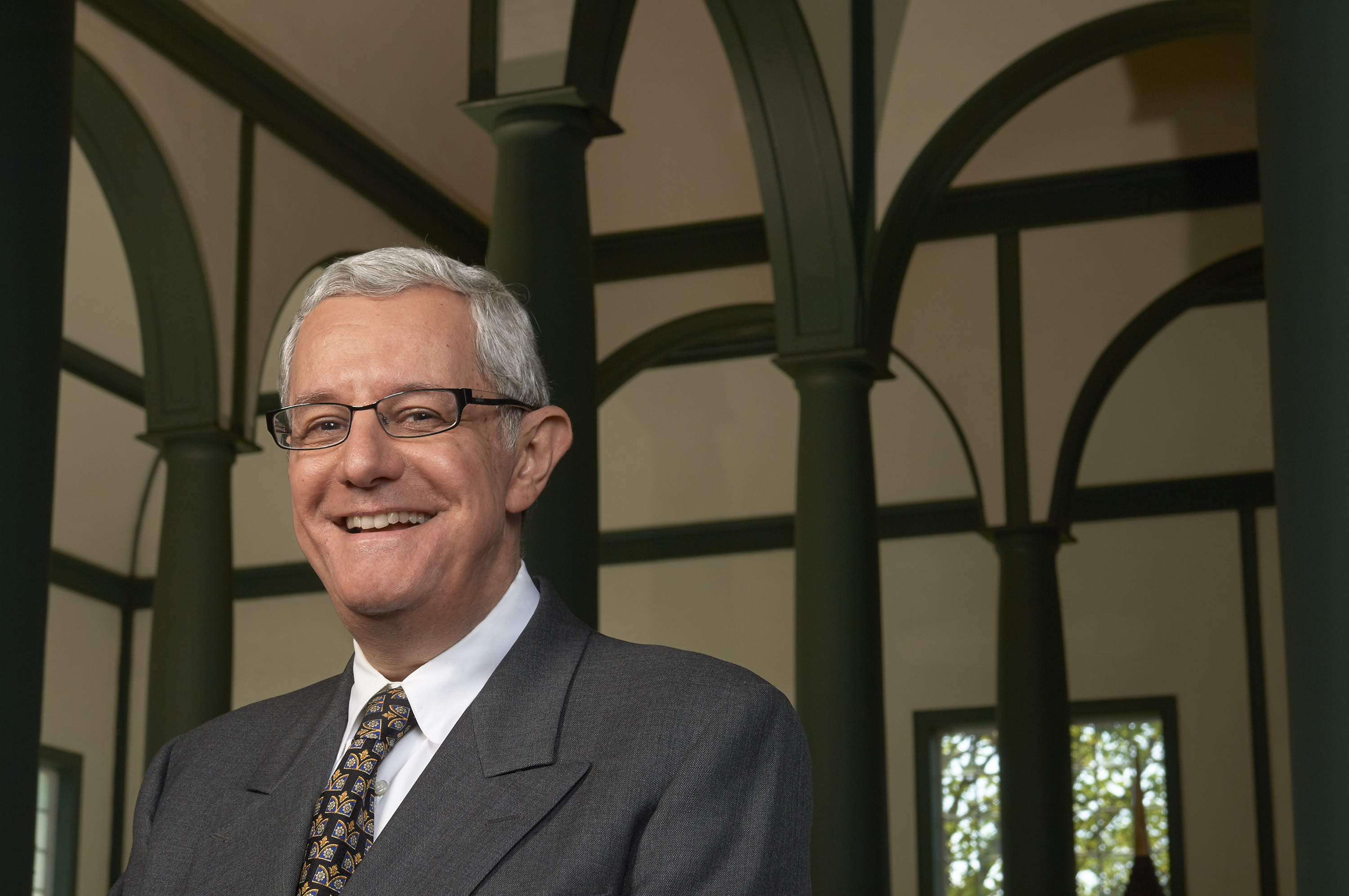by Stephen Cera
SALZBURG, AUSTRIA – To complement the experience of the annual Mozart-Week Festival, I visited the nearby Salzkammergut, a picturesque region in Upper Austria with historical ties to Mozart and his family, as well as to other great composers and personages.
One of them, Emperor Franz Josef I, made the Kaiservilla his summer residence. Recalling that opulent villa rekindles an image of hundreds of antlered deer heads mounted on the walls, plus an imposing display of rifles and shotguns. Hunting was a big deal then (and now.)
Moving to the Baroque church of St. Nikolaus in Bad Ischl, an exterior plaque notes that composer Anton Bruckner played its pipe organ.
Time to eat. A delicious lunch of fresh trout at the Hotel im Weissen Rössl am Wolgangsee is enhanced by a scenic view from our table: crystalline waters of Lake Wolfgang framed by snow-capped mountains. On a sunny but chilly winter day, I fantasized being there in summer, when lunch might be preceded by a plunge into the cool lake.
Afterward came a visit to the Mozarthaus St. Gilgen, where Constanze Mozart lived after her husband’s premature death. It has been renovated to house a comprehensive museum archive.
Back in Salzburg, I stroll the sumptuous 17th-Century Residenz, home of Prince-Archbishops, where Mozart performed as a boy. Traversing its ornate halls reminded me of Archbishop Colloredo, scourge of the young Salzburg composer and one of the reasons Mozart decamped to the more promising terrain of Vienna. Then a walk inside the magnificent Salzburg Cathedral served as reminder that Mozart himself trod these same floors, and performed here.

conductor Andrés Orozco-Estrada (R) acknowledges his four vocal soloists after performance of Mozart Requiem with the Vienna Philharmonic
The last music of my visit (not inappropriately) was the Requiem, given in the Haus für Mozart by the Vienna Philharmonic, vocal soloists, and Wiener Singverein, conducted by Andrés Orozco-Estrada (music director of the Houston Symphony.) The Requiem benefited from superlative orchestral playing, as did the works that preceded it: the solemn Adagio and Fugue in C minor; Symphony No. 25 in G minor, and Masonic Funeral Music, K. 477.
Au revoir, Salzburg.


